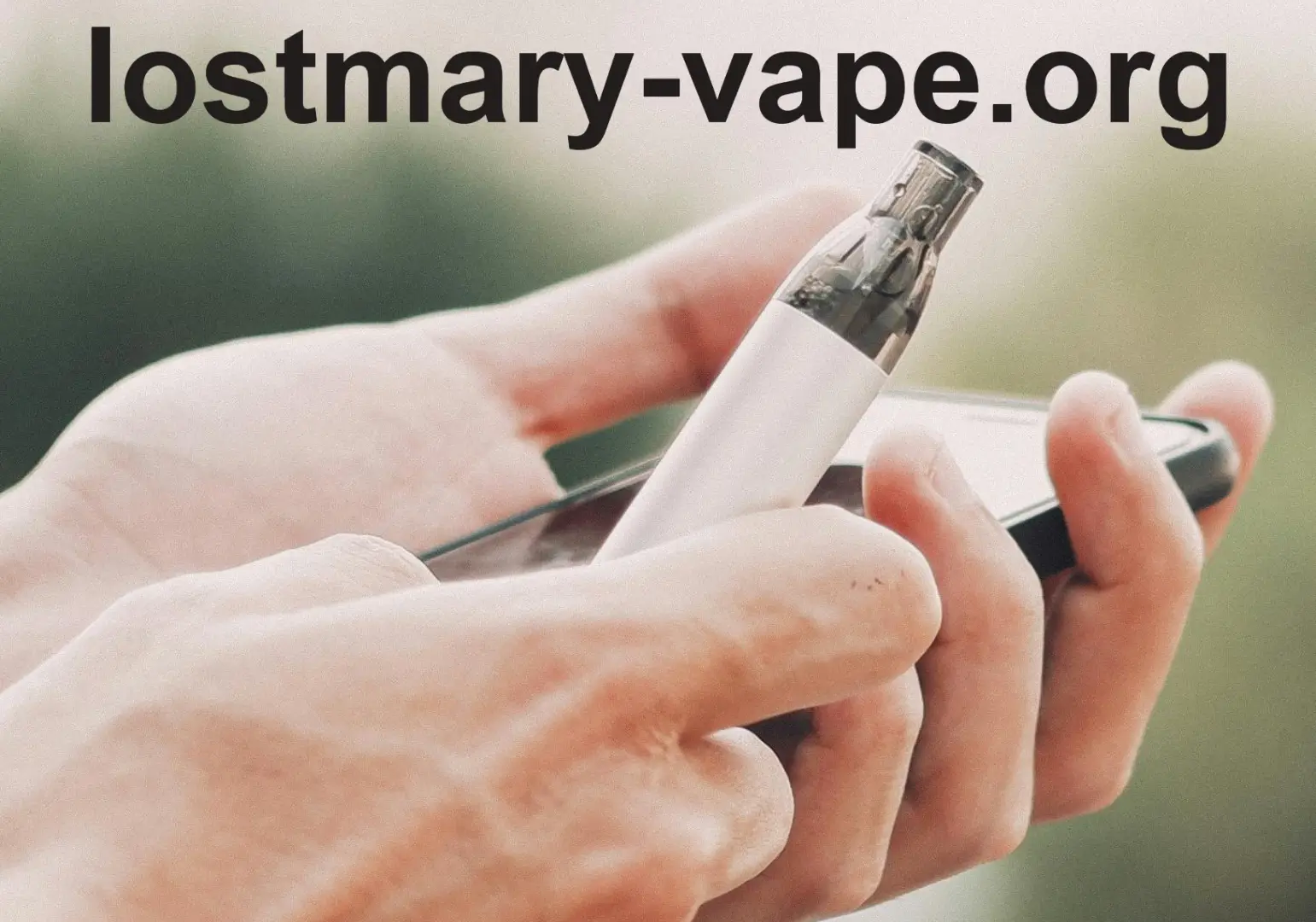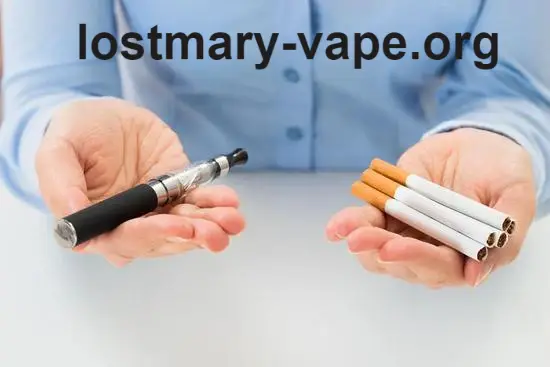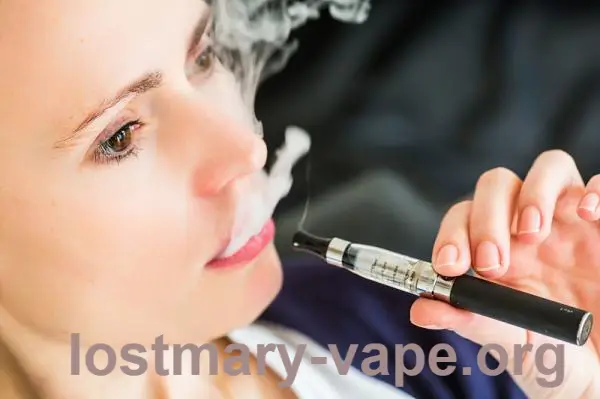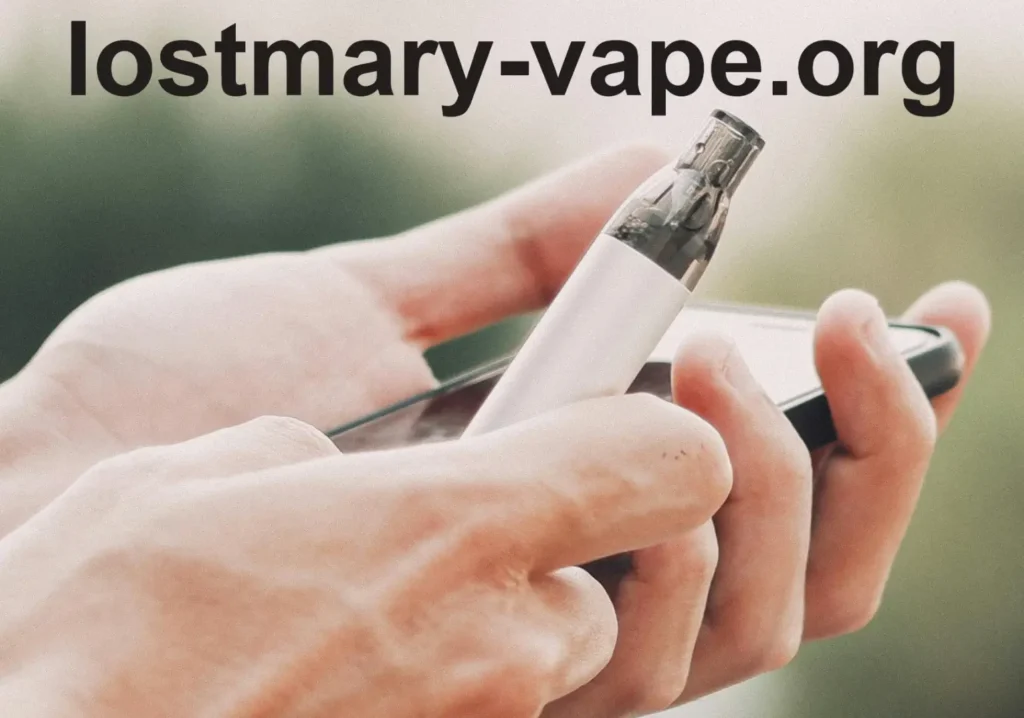On February 13th, 2025, the French Ministry of Health dropped a major announcement—France has officially passed legislation to ban the sale and production of disposable vapes within its borders. This move is a significant part of the country’s 2023-2027 anti-smoking plan, which aims to protect both public health and the environment. With the help of France’s Ministry of Economy, Finance, and Industry, the regulation will be strictly enforced, and companies will have to comply with the new laws or face consequences.
The decision has major implications not only for France’s health sector but also for the global vaping market. But why exactly did France decide to make this bold move? Let’s break it down.
Protecting Youth Health: A Growing Concern Over Disposable Vapes
The main driving force behind the ban is the alarming rise of teenage vaping. Disposable vapes, with their sweet, fruity flavors and eye-catching designs, have been capturing the attention of young people. But the real kicker? These vapes contain high levels of nicotine, making them highly addictive. According to a 2023 survey by the French Anti-Tobacco Alliance, 15% of teens aged 13 to 16 in France have already tried vaping.
The problem here is that nicotine addiction during the teenage years can have serious consequences. Medical studies show that adolescent brains are still developing, which makes them more vulnerable to nicotine addiction. Once a teen gets hooked on vapes, they’re more likely to transition to traditional smoking, further escalating health risks. For France, this growing problem couldn’t be ignored any longer, leading to this drastic but necessary move to protect young people’s health.
Tackling Environmental Issues: Disposable Vapes Are a Waste Nightmare
But the government’s decision wasn’t just about protecting public health—it also has a significant environmental aspect. Disposable vapes, often made with plastics, heavy metals, and lithium batteries, are notorious for being difficult to recycle. In fact, millions of disposable vapes end up in landfills every year, contributing to soil and water pollution.
The chemicals and materials in these vapes can seep into the environment, causing long-term damage. With the ban in place, the hope is to dramatically reduce waste and encourage a more sustainable approach to consumption. France is sending a clear message: vaping responsibly and considering the planet’s health goes hand-in-hand. Reducing disposable vape usage aligns with broader environmental goals and sets a stronger example for other countries.
France Joins the Movement: More Countries Following Suit?
France isn’t the first country to put the brakes on disposable vapes. Belgium also passed a similar ban, and now France has followed suit, making it the second EU country to take such action. This move is in line with the EU’s ambitious plan to create a smoke-free generation by 2040. With the goal of reducing the smoking population across the 27 EU countries from 25% to less than 5%, France’s decision aligns perfectly with these larger health objectives.
This shift reflects a growing global recognition of the dangers of disposable vapes and their environmental impact. The European Union is now underlining the importance of regulating vapes more effectively to protect both health and sustainability.
The Impact on the French Vape Market and Consumers
The newly passed law banning disposable vapes in France is set to transform the French vape market in several significant ways. Vape producers and sellers who have built their businesses around disposable products will face an immediate challenge. These companies will need to quickly adapt their business models to comply with the new regulations. It’s likely that they’ll need to pivot towards rechargeable and refillable vapes, which offer both longer lifespans and a lower environmental impact. This shift could prove to be difficult for companies that are accustomed to the quick turnaround and high margins associated with disposable products, but it also opens up the possibility for innovation in the vaping industry.
As businesses retool, they will have the opportunity to explore new markets and enhance their product offerings. Refillable vapes, for example, can be marketed as more customizable and eco-friendly, aligning with the rising demand for sustainable products. The emphasis will likely shift towards higher-quality vaping experiences, where consumers can choose from a wider range of flavors and adjust the nicotine levels to suit their preferences. This could result in premium offerings gaining traction and brand loyalty becoming more important than ever before.
For consumers, especially those who have become accustomed to the convenience and variety of disposable vapes, the transition could be frustrating. Disposable vapes have grown popular thanks to their ease of use, discreet size, and vast array of flavors, which have made them a go-to option for many. However, while switching to rechargeable vapes may seem like a hassle at first, it can offer a more personalized and sustainable experience in the long run. Refillable vapes often provide more customization options, enabling users to experiment with different e-liquids and find the perfect vape flavors that suit their individual tastes.
Moreover, refillable systems tend to be more cost-effective over time because the user is only purchasing the liquid rather than a whole new device. Additionally, these products often boast longer lifespans, meaning fewer units are discarded, which is better for the environment. Consumers who embrace this transition could discover a world of new flavors, as the market for e-liquids expands with even more creative combinations, giving them more variety and flexibility than they had with disposable products.
In the wake of the ban, we can also expect to see a rise in the popularity of rechargeable vapes and e-liquids, as businesses scramble to find new ways to meet demand. This opens up new opportunities for businesses to innovate and create eco-friendly vape products

